Idea by
Neal Lucas Hitch
I STIFFEN THEE
Call for ideas 2017
From Farm to Building
From Farm to Building

By taking cues from the Avantgarde culinary world, architecture can continue to thrive as an art-form, while simultaneously fulfilling its environmental needs. Cutting edge chefs like Magnus Nilsson in Sweden and Dan Barber in New York are working to create a sustainable model for the culinary world in which a large part of what is eaten in their restaurants, is grown in their respective Gardens.
This model could be replicated in the architectural world. I dream of a scenario in which everything used to construct a building is grown by the builders. This would be a truly sustainable model. Only then would the architecture be 100% non-reductive to the environment.
From Farm to Building calls for a widespread synthesis of materials that can be grown regionally in a backyard, and then be used to build functioning structures of varying forms and sizes. True sustainability requires that we create buildings that take nothing from the environment.
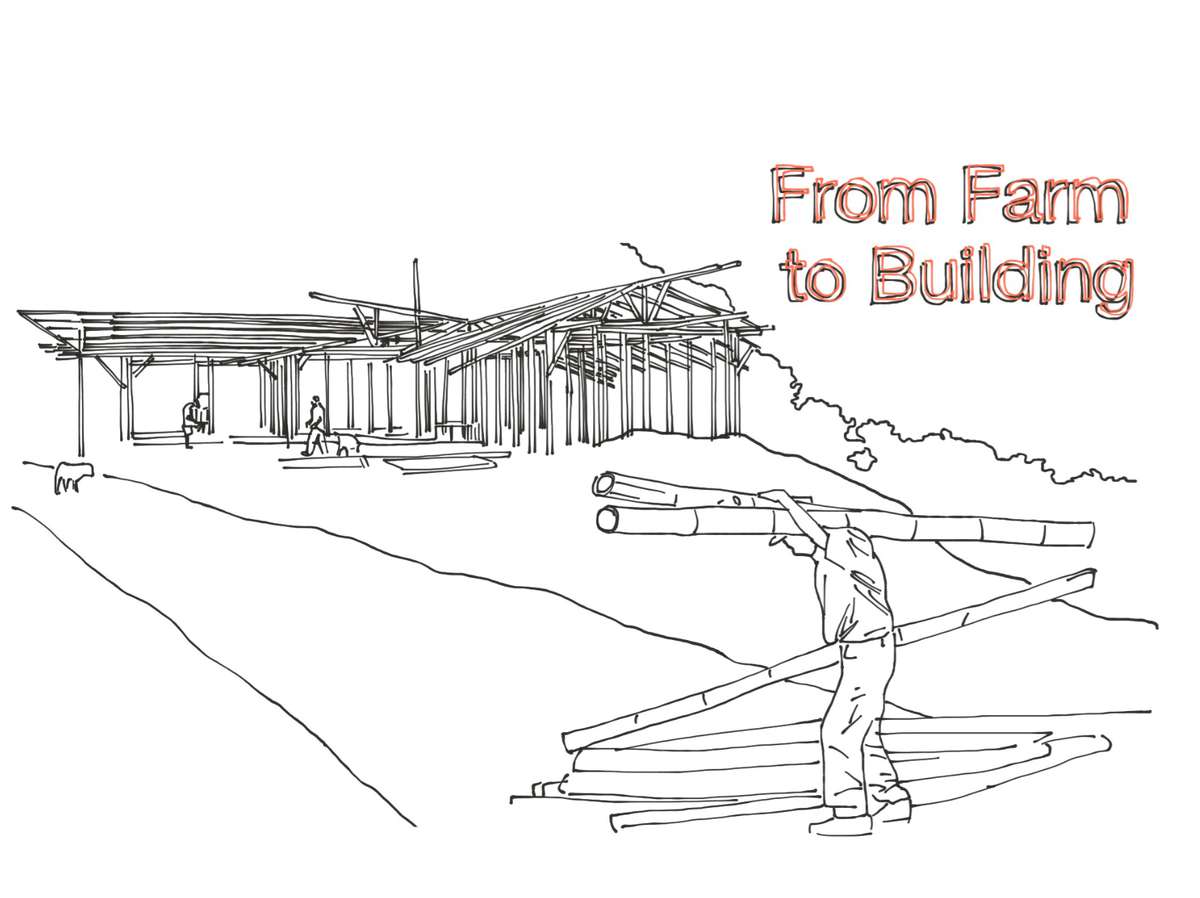
Humanities impact on the atmosphere have catapulted our species from mere cave dwellers to agents of major climactic change. Buildings account for almost fifty percent of all energy used in the US. Thirty percent of energy based greenhouse gas emissions are a direct cause of the built environment. The question posed to architects then becomes: how do we reconcile the inherently destructive quality of architecture on the environment with the humanitarian need for more housing?
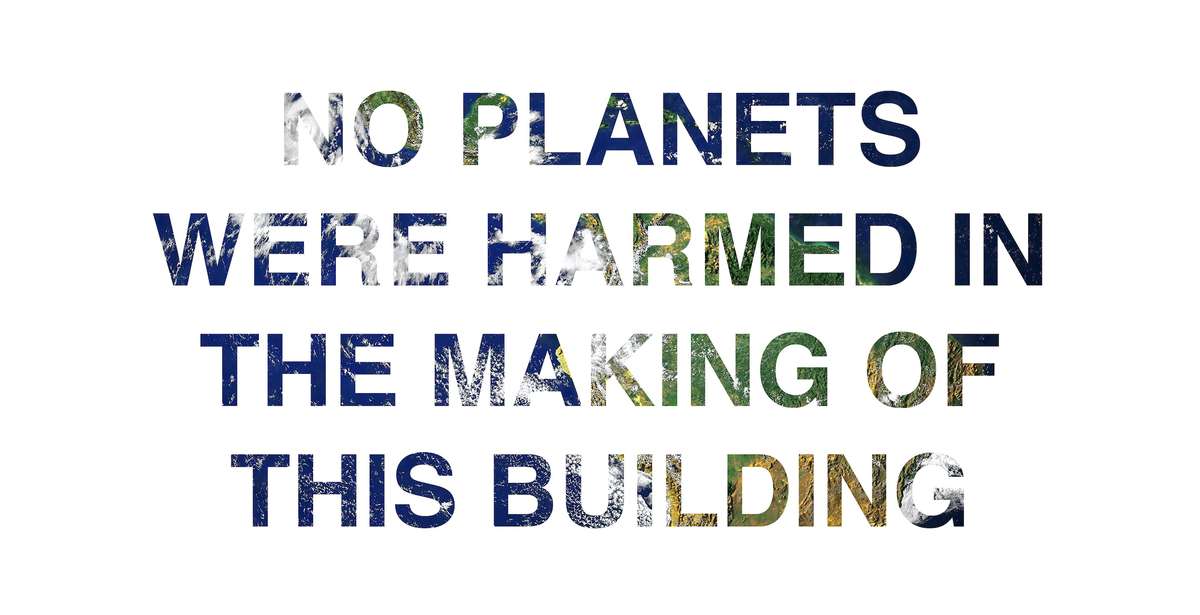
This is perhaps the greatest challenge of all: Understanding architecture in its planetary context. By taking a step back and viewing the planet as one organism, we can better synthesize the effects architecture has on the global environment. The habitability of the planet is not a permanent state. Sustainability can then be defined as the prolonging of the habitable state of earth for life to thrive.
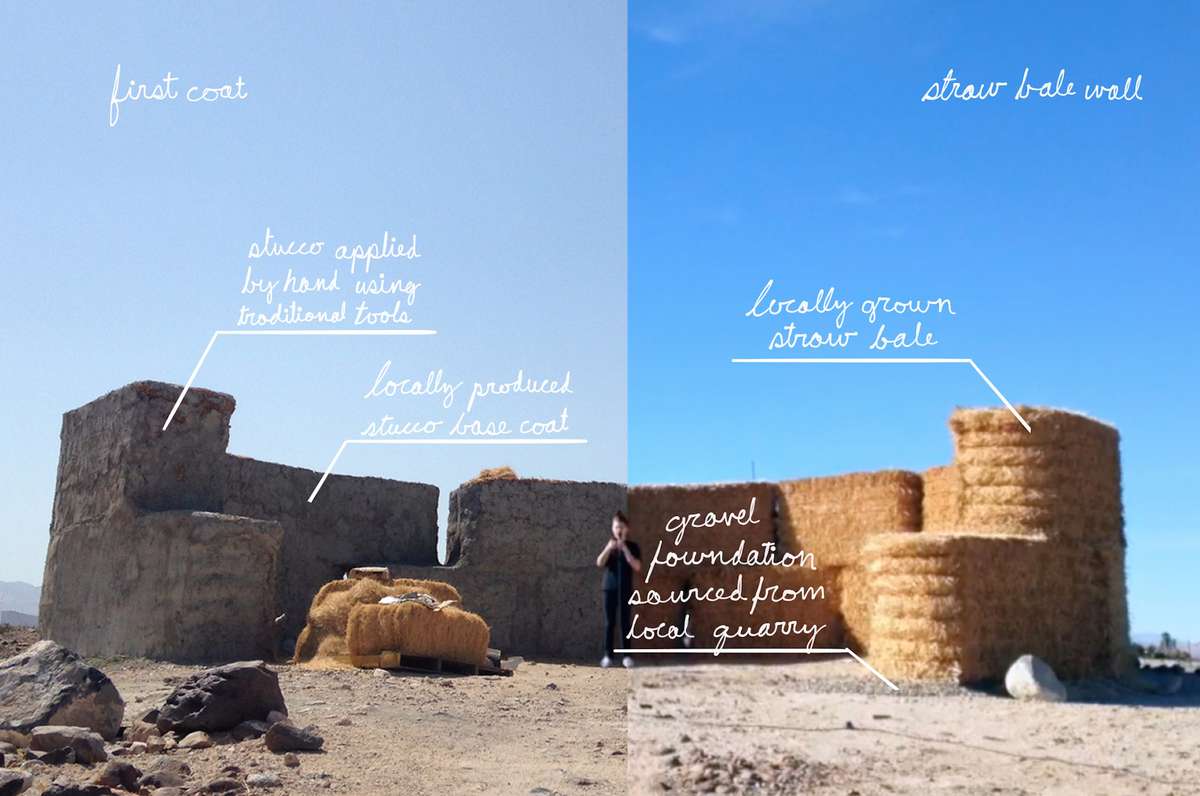
A system is not sustainable unless it can repeated forever. No current methods of building attain this goal. Non renewable recourses like steel and concrete are depleting the planets cache of build-able materials. However, by growing all our own materials a path to sustainability opens up. Fast growing materials like straw can be utilized to create buildings that can be grown and built in a matter of a few months. This kind of system would be reliant on only itself.
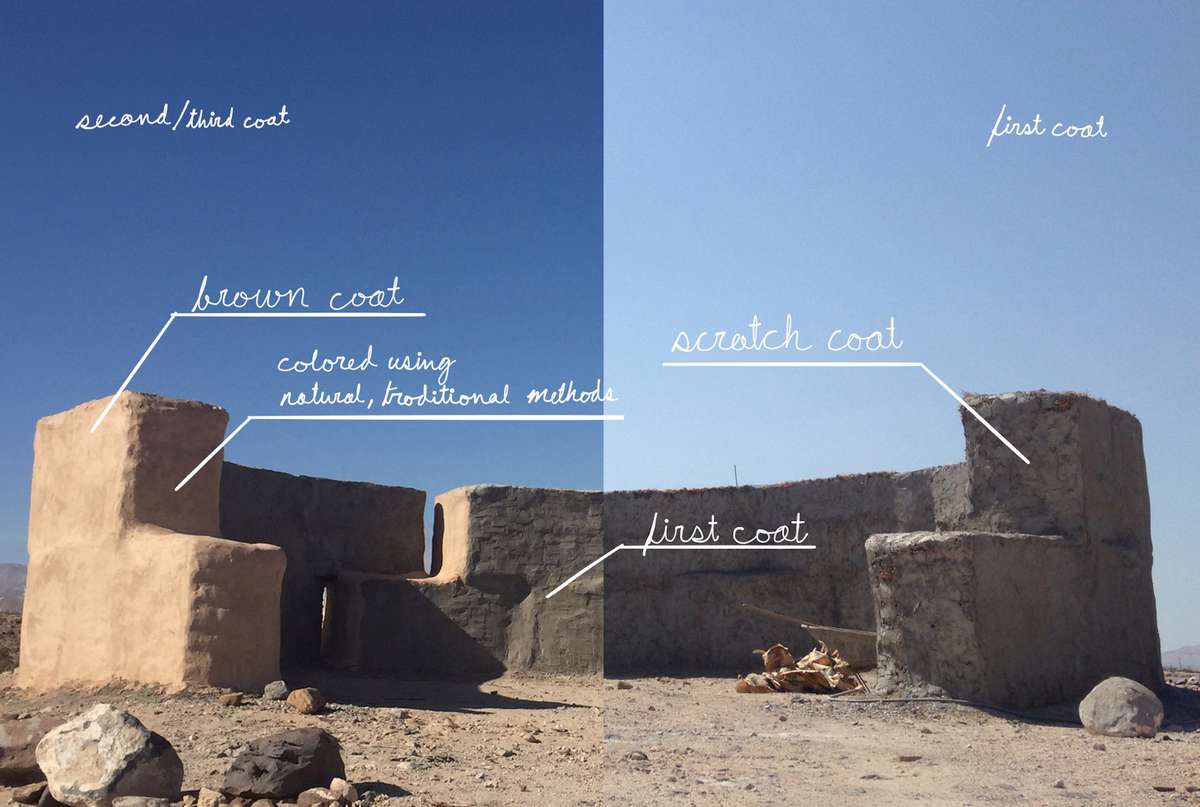
It is not enough just to design for humans. Sustainability requires that we take into account all lifeforms and ecosystems — from the bugs in the ground, to entire planets. It is not the job of the architect to only fabricate buildings, but also to fabricate materials. By introducing gardening into the field of architecture we can work to create a habitable planet that can conceivably last forever.
From Farm to Building
From Farm to Building

By taking cues from the Avantgarde culinary world, architecture can continue to thrive as an art-form, while simultaneously fulfilling its environmental needs. Cutting edge chefs like Magnus Nilsson in Sweden and Dan Barber in New York are working to create a sustainable model for the culinary world in which a large part of what is eaten in their restaurants, is grown in their respective Gardens.
This model could be replicated in the architectural world. I dream of a scenario in which everything used to construct a building is grown by the builders. This would be a truly sustainable model. Only then would the architecture be 100% non-reductive to the environment.
From Farm to Building calls for a widespread synthesis of materials that can be grown regionally in a backyard, and then be used to build functioning structures of varying forms and sizes. True sustainability requires that we create buildings that take nothing from the environment.
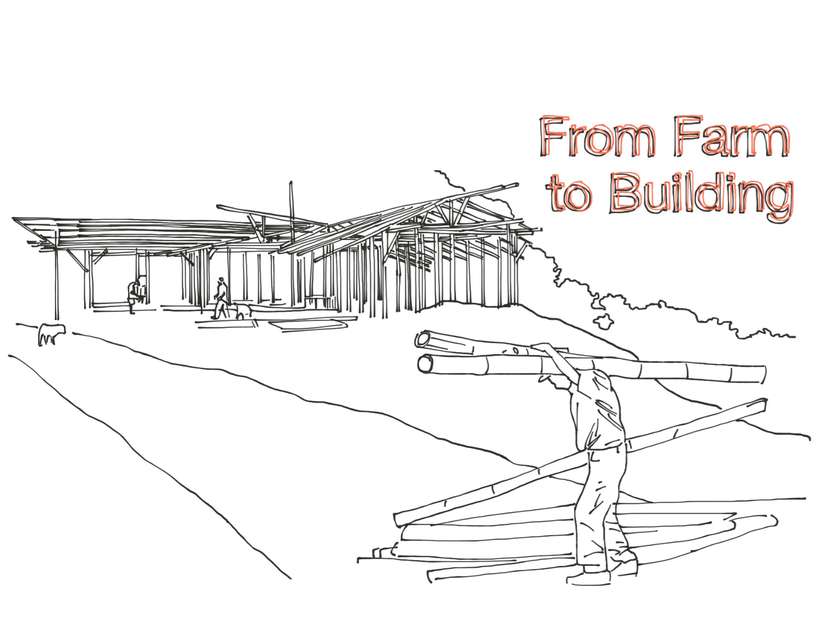
Humanities impact on the atmosphere have catapulted our species from mere cave dwellers to agents of major climactic change. Buildings account for almost fifty percent of all energy used in the US. Thirty percent of energy based greenhouse gas emissions are a direct cause of the built environment. The question posed to architects then becomes: how do we reconcile the inherently destructive quality of architecture on the environment with the humanitarian need for more housing?
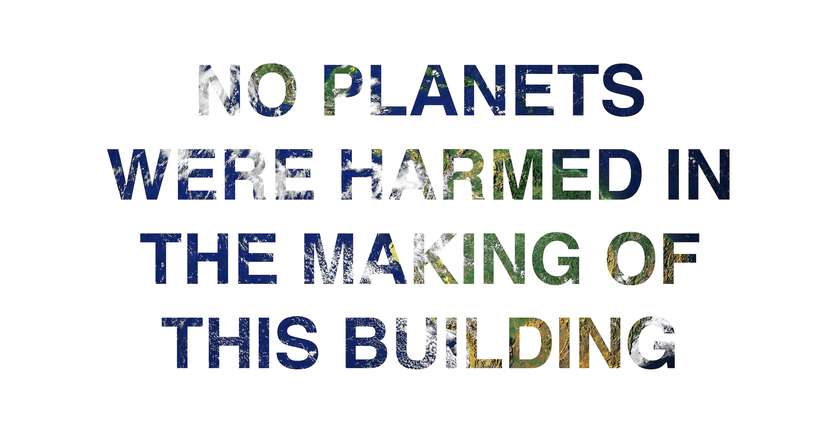
This is perhaps the greatest challenge of all: Understanding architecture in its planetary context. By taking a step back and viewing the planet as one organism, we can better synthesize the effects architecture has on the global environment. The habitability of the planet is not a permanent state. Sustainability can then be defined as the prolonging of the habitable state of earth for life to thrive.

A system is not sustainable unless it can repeated forever. No current methods of building attain this goal. Non renewable recourses like steel and concrete are depleting the planets cache of build-able materials. However, by growing all our own materials a path to sustainability opens up. Fast growing materials like straw can be utilized to create buildings that can be grown and built in a matter of a few months. This kind of system would be reliant on only itself.

It is not enough just to design for humans. Sustainability requires that we take into account all lifeforms and ecosystems — from the bugs in the ground, to entire planets. It is not the job of the architect to only fabricate buildings, but also to fabricate materials. By introducing gardening into the field of architecture we can work to create a habitable planet that can conceivably last forever.